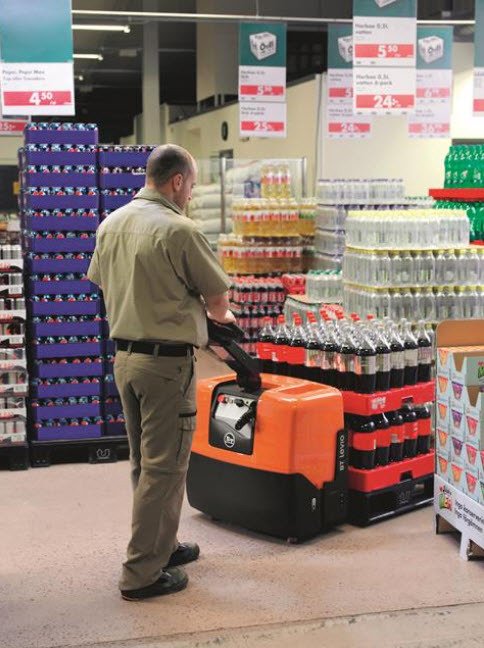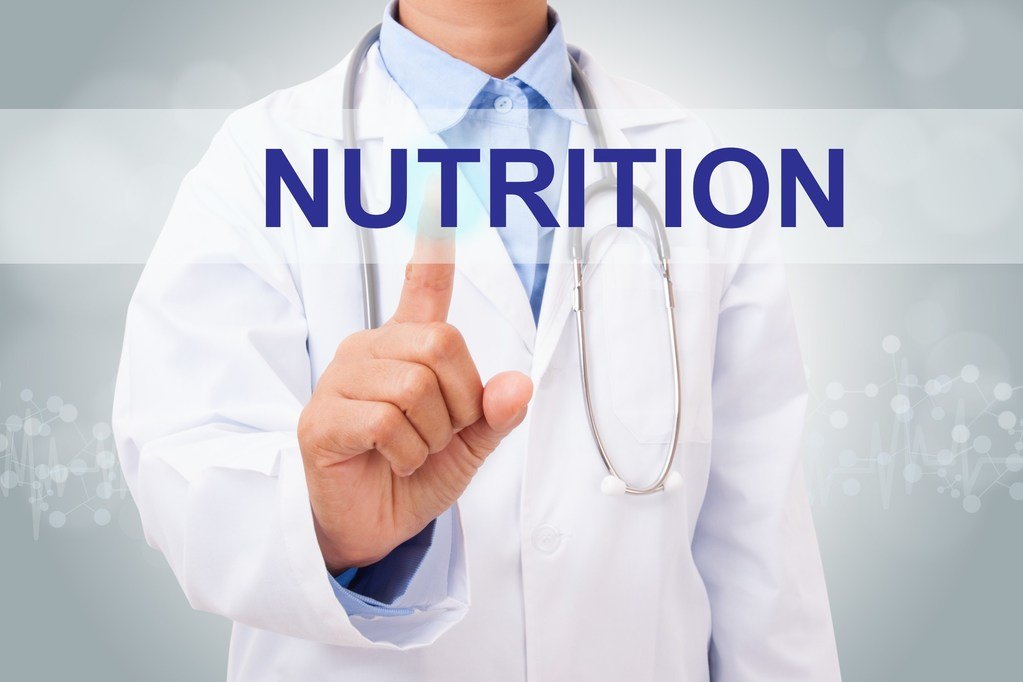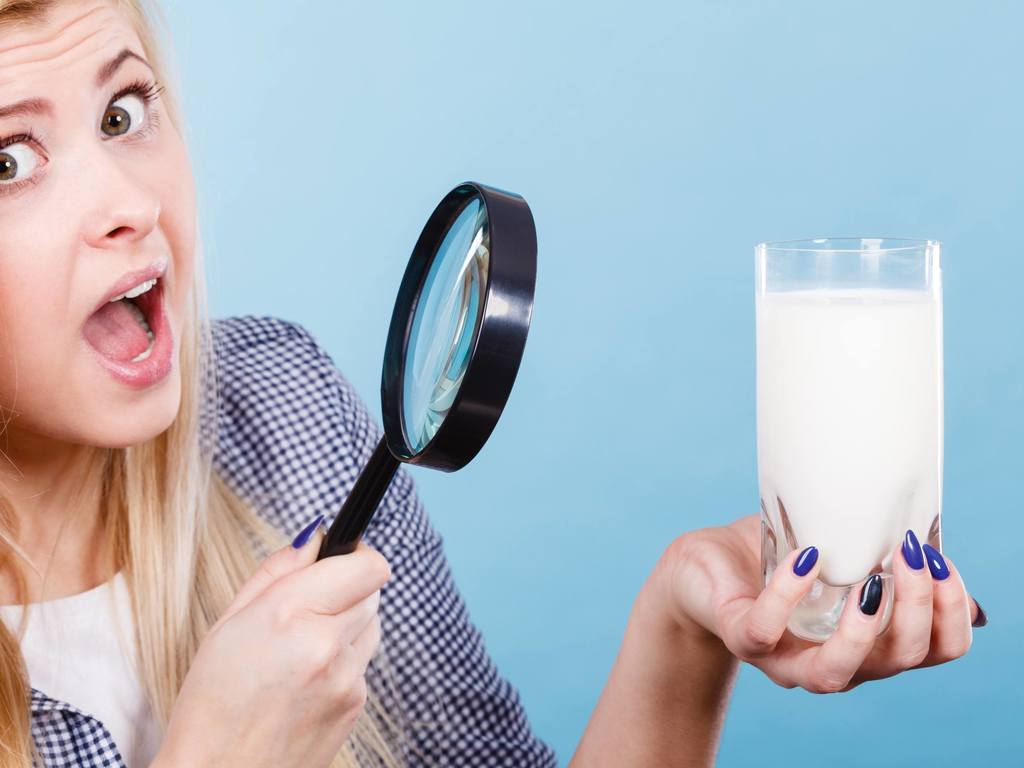The Accrediting Bodies Association for Workplace Transport (ABA) has released its newly developed Basic Operating Skills Test for Rider & Pedestrian Operated Pallet/Stacker Trucks (‘A’ category trucks).
The new testing standards cover the following ABA truck categories: A1, A2, A3, A4, A5, A6 and A7.
You can use the new test straight away if you wish, but is mandatory from 1st December 2019.









